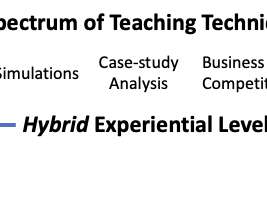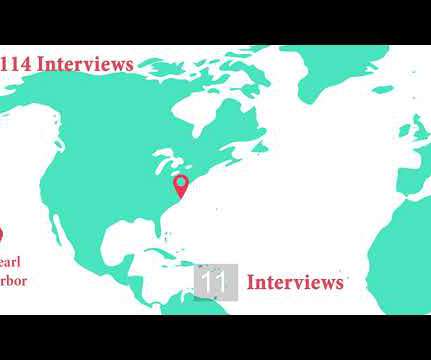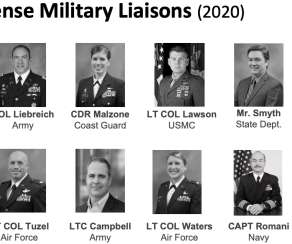Blowing up the Business Plan at U.C. Berkeley Haas Business School
Steve Blank
MARCH 3, 2015
During the Cold War with the Soviet Union, science and engineering at both Stanford and U.C. Starting in the 1950’s, Stanford’s engineering department became “outward facing” and developed a culture of spinouts and active faculty support and participation in the first wave of Silicon Valley startups. Today the U.C.





































Let's personalize your content